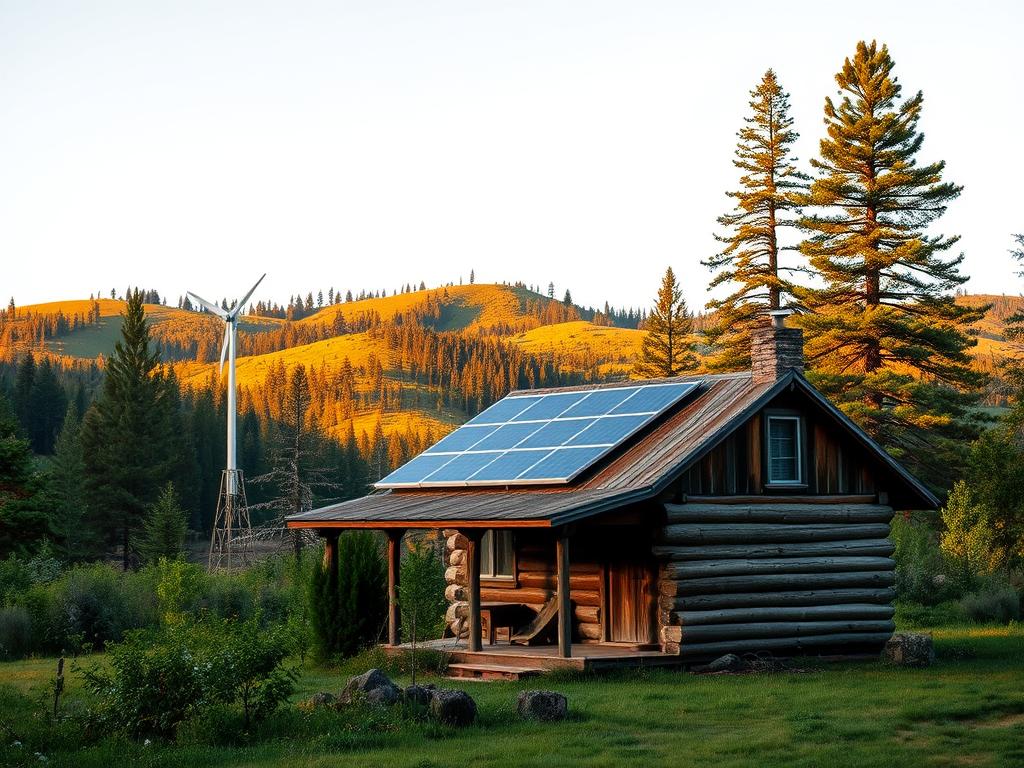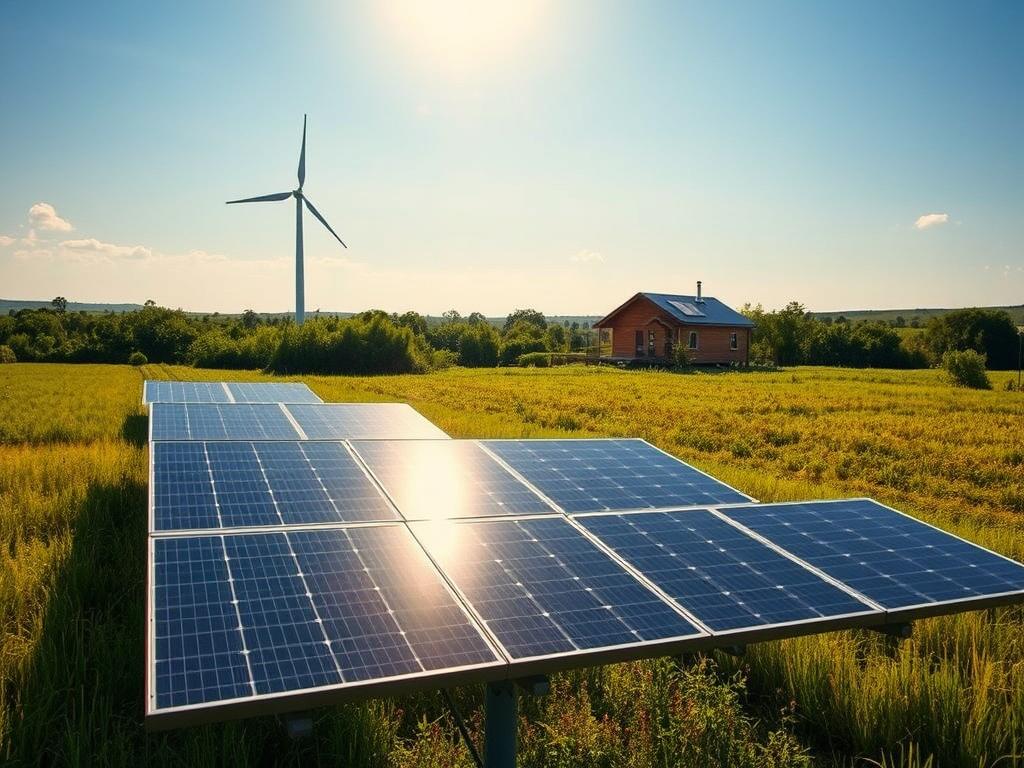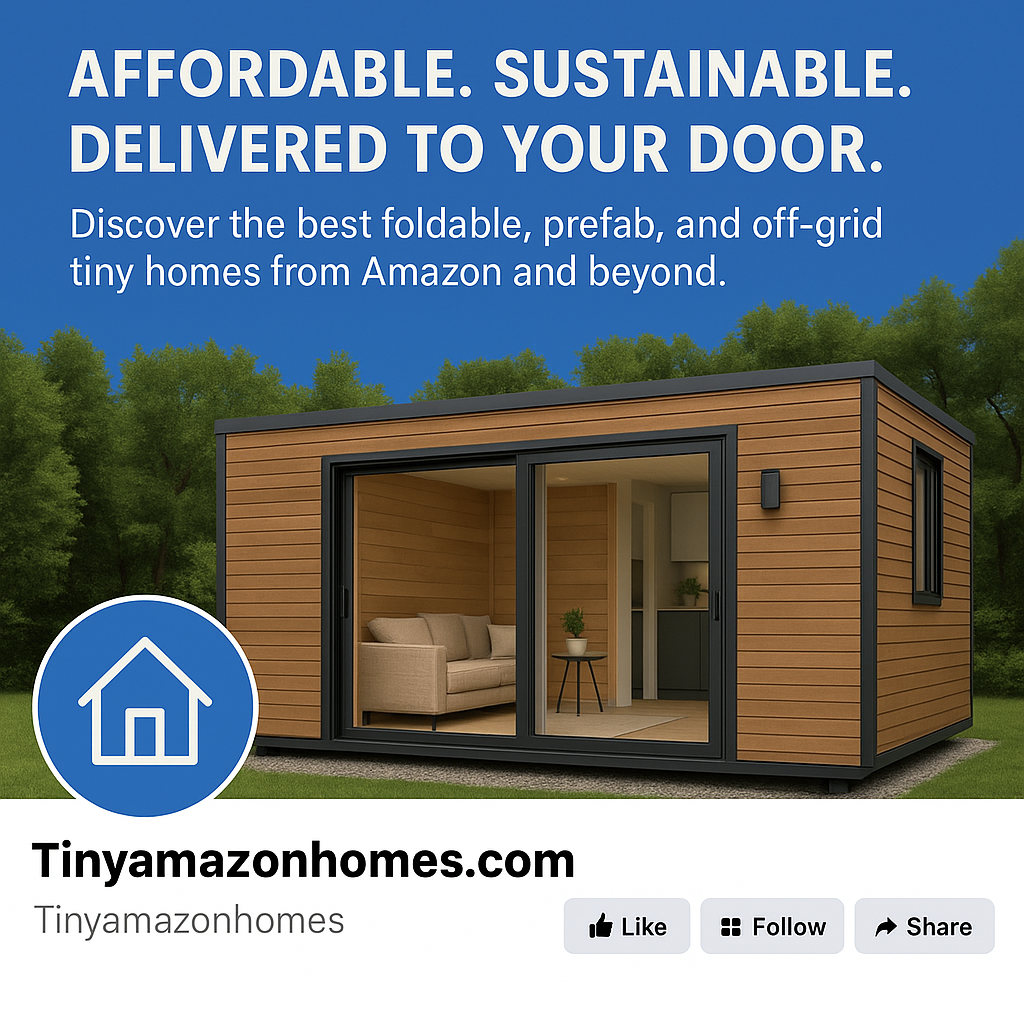Are you tired of being tied to the grid? Want to break free from modern society’s constraints? Imagine living a life where you’re not only self-sufficient but also sustainable, using nature’s power for your daily needs.
Off-grid living is becoming more popular for those wanting a sustainable lifestyle. With growing worries about climate change and energy independence, many are choosing this path.
If you’re interested in this lifestyle, tinyamazonhomes.com is a great resource. It offers insights into off-grid homes and sustainable living.
Key Takeaways
- Off-grid living offers a path to energy independence.
- A self-sufficient lifestyle can reduce your carbon footprint.
- Sustainable living practices are on the rise in the U.S.
- Embracing nature is key to off-grid living.
- Resources are available for those looking to start their off-grid journey.
What Off-Grid Living Really Means in America Today
In America, a quiet revolution is happening. People are moving towards off-grid living, seeking a sustainable and independent life. It’s not just about cutting ties with public utilities. It’s about living in harmony with nature.
Off-grid living means making your own energy, collecting and saving water, and managing waste well. Renewable energy like solar and wind power is key. It helps people use less public utilities. This way, off-grid residents can lower their environmental footprint.
Renewable energy is vital for off-grid living. It powers daily life without needing public utilities. Solar panels and wind turbines are common in off-grid homes. They offer clean energy and reduce carbon emissions.
The Growing Movement Across American Regions
The off-grid movement is growing across the U.S. Communities are forming in places like New Mexico’s deserts and Missouri’s forests. These communities show that off-grid living is possible and beneficial.
Places like the Greater World Earthship Community in New Mexico and the Dancing Rabbit Ecovillage in Missouri are thriving. They show how off-grid living can bring people together and help the environment. By looking at these communities, people can learn about off-grid living.
More people want a sustainable and meaningful life. As off-grid living grows, so does the desire for self-sufficiency and caring for the environment.
The Benefits of Embracing Off-Grid Living
Off-grid living is more than a lifestyle; it’s a path to financial freedom, sustainability, and self-reliance. By using alternative energy sources and sustainable practices, you can cut down on public utility bills. This leads to lower living costs.

Financial Freedom and Reduced Living Costs
One big advantage of off-grid living is financial freedom. By making your own energy with solar panels or wind turbines, you can save a lot on bills. Also, using rainwater and composting toilets can cut down expenses even more.
“The savings from off-grid living can be huge,” says a sustainable living expert. “It lets people spend more on other important things in life.”
Environmental Impact and Sustainability
Off-grid living is all about sustainable living. It uses renewable energy and reduces waste. This makes a big difference for the planet and sets a good example for others.
- Less carbon emissions with renewable energy.
- Water conservation with rainwater harvesting.
- Less waste with composting and recycling.
Self-Reliance and Personal Fulfillment
Off-grid living also boosts self-reliance and personal fulfillment. It makes you feel proud and accomplished. You learn to take care of yourself without relying on others.
“Living off the grid has made me appreciate life’s simple things and connect with nature more,” says an off-grid resident.
This lifestyle teaches you to think more about what you consume and waste. It adds to your sense of personal fulfillment.
Essential Systems for Your Off-Grid Home
A successful off-grid home needs the right systems. These systems help you be self-sufficient and use less public utilities.
Renewable Energy Solutions
Renewable energy is key for off-grid living. It gives you power without needing the grid. Solar panels and wind turbines are top choices for clean energy.
Solar energy turns sunlight into electricity with PV panels. You can pick the right size for your home’s needs.
- Advantages: It’s everywhere, it’s clean, and it saves money.
- Considerations: It costs to start, needs space, and you might need to store energy.
Wind turbines make electricity from wind. They work best in windy places.
| Renewable Energy Source | Advantages | Considerations |
|---|---|---|
| Solar Energy | It’s everywhere, it’s clean | It costs to start, needs space |
| Wind Energy | Good in windy areas, cuts carbon | It can be loud, and it’s not always there |

Water Collection and Filtration Methods
Good water management is crucial for off-grid homes. Rainwater harvesting is a top choice for collecting water. Then, you can filter it for use.
Filtration options range from simple to complex. Each has its own benefits for different water needs.
Waste Management and Composting Systems
Handling waste well keeps your off-grid home clean. Composting toilets turn waste into compost.
Composting not only cuts down waste. It also makes a great fertilizer for your garden, boosting your homestead’s greenness.
Regional Considerations for Off-Grid Living in the U.S.
Understanding regional differences in the U.S. is key for off-grid living. Each area has its own challenges and benefits. These can greatly affect your off-grid lifestyle.
Best States for Off-Grid Homesteading
Some states are better for off-grid living due to climate, land, and laws. Alabama, Missouri, and Colorado are top picks.
- Alabama has a mild climate and easy laws, making it great for off-grid homesteaders.
- Missouri has lots of land at good prices and a supportive community for off-grid folks.
- Colorado has strict laws but a strong market for off-grid products and a culture that loves sustainability.
Climate Challenges and Solutions
The climate greatly affects off-grid living, from energy to water. Knowing these challenges helps find good solutions.
| Region | Climate Challenges | Potential Solutions |
|---|---|---|
| Northeast | Harsh winters, limited sunlight in winter | Solar panel battery storage, snow-resistant solar panels |
| Southwest | Extreme heat, drought | Heat-resistant solar panels, rainwater harvesting systems |
| Southeast | High humidity, hurricane risks | Hurricane-resistant construction, humidity-controlled storage |
Community and Legal Resources by Region
Finding community support and understanding laws are vital for off-grid living. Resources differ by region.
Community Resources: Local off-grid groups and cooperatives offer support and knowledge.
Legal Resources: Knowing local zoning and building codes is crucial. Many states have guides for off-grid living to help with these laws.
Building Your Sustainable Off-Grid Home
Creating a sustainable off-grid home is more than building a house. It’s about living in harmony with nature. This lifestyle is self-sufficient and good for the environment.
Popular Housing Options
Choosing the right home is key for sustainable living. Earthships and straw bale homes are popular choices. Earthships use natural and recycled materials for energy and water self-sufficiency. Straw bale homes offer great insulation and lower carbon emissions.
Both earthships and straw bale homes have benefits like less environmental impact and more energy efficiency. Your choice depends on your climate, budget, and preferences.
Navigating Zoning Laws and Building Codes
Before starting your off-grid home, know the local laws and codes. These rules can change a lot from place to place. Following them is important to avoid legal trouble.
Key Considerations:
- Research local zoning laws and building codes.
- Get the right permits before you start building.
- Make sure your home meets local building standards.
Cost Considerations and Budgeting
Building an off-grid home might cost a lot upfront but can save money later. It’s important to have a detailed budget for materials, labor, and following rules.
| Cost Component | Estimated Cost | Percentage of Total Cost |
|---|---|---|
| Land Acquisition | $10,000 | 20% |
| Materials and Construction | $30,000 | 60% |
| Renewable Energy Systems | $5,000 | 10% |
| Permits and Compliance | $2,000 | 4% |
| Miscellaneous (Landscaping, etc.) | $3,000 | 6% |
With careful planning and budgeting, you can build a sustainable off-grid home. It will meet your needs and help the environment.
Conclusion: Taking the First Steps Toward Off-Grid Freedom
Off-grid living is a path to a more self-sufficient life. It matches the growing need to fight climate change and protect our planet. By learning about the benefits and systems needed for off-grid homes, you can start moving toward a greener future.
Off-grid living brings financial freedom and lowers living costs. It also helps the environment. With the right information and tools, you can overcome the challenges of off-grid living and enjoy a fulfilling self-sufficient lifestyle.
If you’re thinking about off-grid living, start with small steps. First, figure out your energy needs and look into renewable energy options. Then, check local laws and building codes. These steps will help you begin your journey toward a sustainable and self-sufficient life. You’ll be making a positive impact for future generations.
